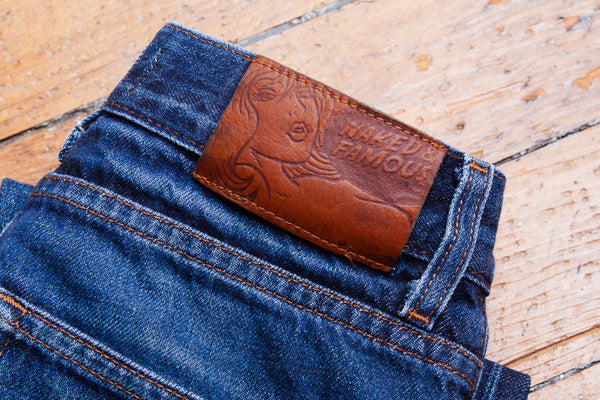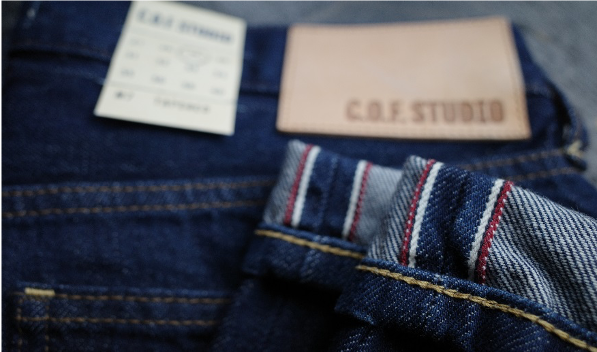Broken Twill – What Does it Mean?
Broken Twill Fade February Fact #7: When Denim is woven into either a right hand twill or a left hand twill and sewn into jeans it has the tendency to twist in its respective direction. A solution to this problem is the broken twill. As you can see in the picture, a broken twill is woven with 2 stitches to the right, and then 2 stitches to the left, resulting in a jean that will not have twisted seams.
Continue reading



